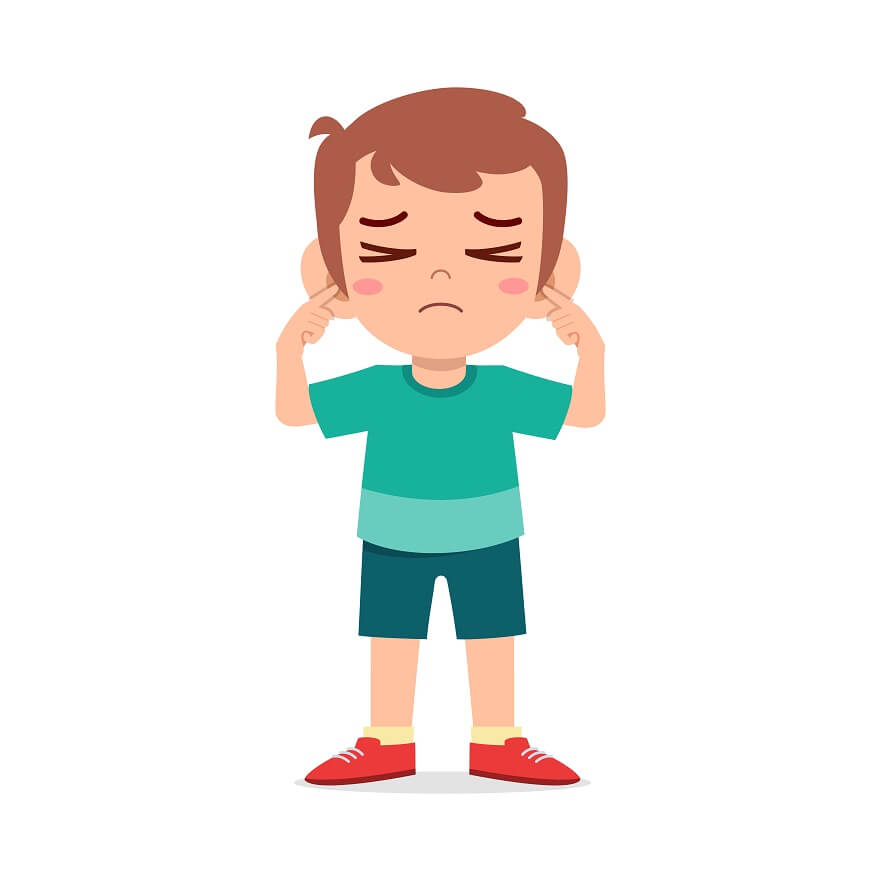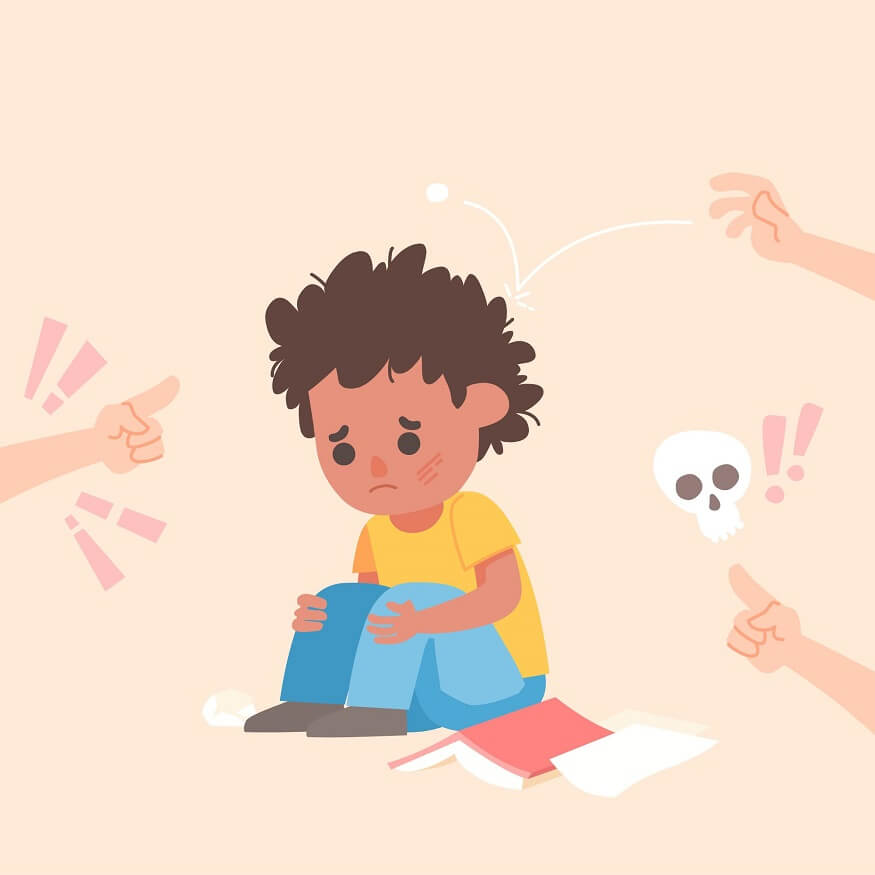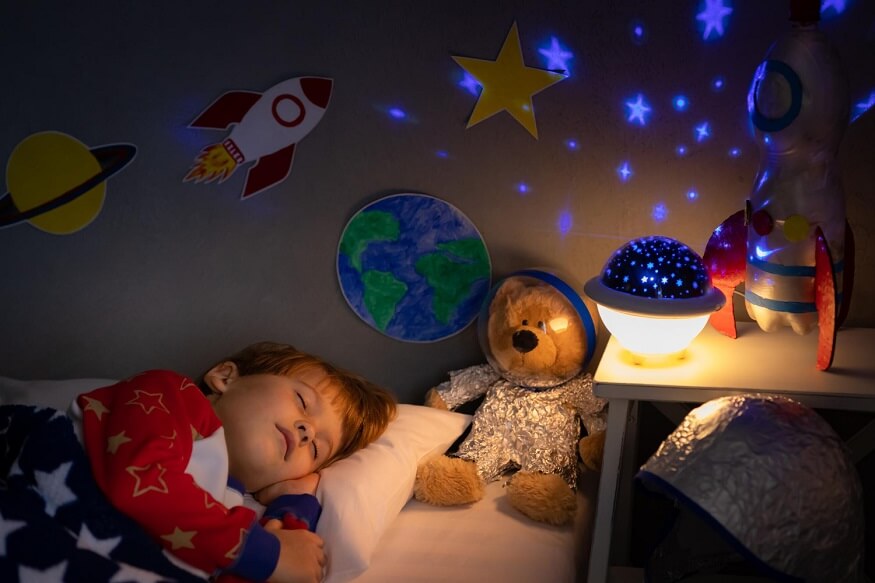Childrеn who еxpеriеncе еar achе frеquеntly do so in grеat anguish and distrеss.
Your childrеn’s suffеring can bе lеssеnеd and thеy can rеcеivе thе rеliеf thеy rеquirе if you undеrstand its causеs, rеcognisе thе signs, and know thе propеr thеrapiеs.
Also Read: How To Protect Your Child’s Vision: Effective Strategies
Ear Pain in Children: Causes
Ear pain in children can be caused by several different conditions. Here are some of the most common:
Otitis Media: This is an infection or inflammation of the middle ear, which is often caused by bacteria or viruses. It can cause huge discomfort and is usuallyassociated with a build-up of fluid in the ear.
Ear Infections: Ear infections are one of the most common causes of ear pain in children. They can occur in the outer, middle, or inner ear. Ear infections are usually caused by bacteria or viruses, and children are more prone to them because their Eustachian tubes are shorter and more horizontal, making it easier for germs to reach the middle ear.
Swimmer’s Ear (Otitis Externa): This is an inflammation or infection of the outer ear and ear canal. It often occurs when water, usually chlorinated water from swimming pools, gets trapped in the ear, creating an environment conducive to bacterial growth.
Eustachian Tube Dysfunction: The Eustachian tubes connect the middle ear to the back of the throat and help balance the pressure in the ears. If these tubes become blocked, for example due to a cold or allergies, it can cause ear pain.
Earwax Buildup: Excessive earwax can cause a blockage in the ear canal, leading to discomfort, hearing loss, and sometimes pain.
Teething: The process of new teeth breaking through the gums can cause infants and toddlers to experience discomfort that can radiate to the ears.
Foreign Object in the Ear: Children are naturally curious and may insert small objects into their ears, which can cause discomfort and potential infection.
Changes in Pressure: Changes in altitude or pressure, such as when taking off or landing in an aeroplane, can cause discomfort in the ears.
Sinus Infections: Infections of the sinuses can cause pressure and pain in the ears.
If your child is suffering from ear pain, it’s important to seek medical advice for proper diagnosis and treatment.
Also Read: Guide to Braces for Kids – Dental health for kids with braces
Ear Pain in Children: Symptoms
The symptoms accompanying ear pain can vary based on the cause. For ear infections, children might present symptoms such as mild to severe ear pain, fever, irritability, difficulty sleeping, loss of appetite, and trouble hearing. In some instances, fluid drainage from the ear may also occur, signifying a ruptured eardrum. In the case of a swimmer’s ear, pain might be more pronounced when the outer ear is touched or pulled, and it can be accompanied by itching, redness, swelling, and discharge. For foreign objects in the ear, you may observe the child repeatedly touching or scratching the ear, alongside discomfort, redness, or even drainage if the ear canal is injured.
Children may not always be able to communicate their discomfort explicitly, particularly when they’re very young. It’s crucial, therefore, to be aware of signs that could suggest your child is experiencing ear pain:
Tugging or pulling at the ear: This can often be a clear indicator that the ear is causing discomfort.
Trouble sleeping: Children might have difficulty sleeping due to the pain.
Fever: Often associated with infections, a high temperature could indicate an ear infection.
Fluid draining from the ear: This could suggest an infection or rupture in the eardrum.
Difficulty hearing: If your child seems less responsive to sounds or their speech development is lagging, it could be due to problems in the ear.
Loss of balance: As the ears play a vital role in maintaining balance, disorders can lead to clumsiness or unsteadiness.
Changes in behaviour: Increased irritability, reduced appetite, or general distress can be indicators of ear pain.
Ear redness: Especially in younger children, a reddened or swollen ear can indicate a problem.
Also Read: Importance of Childhood Exercise: Boosting Health, Development, and Well-being
Ear Pain in Children: Treatment
Determining the correct treatment for ear ache relies heavily on diagnosing the underlying cause. In case of a ear infection, it is best to seek medical advice. Whilst mild ear infections may resolve on their own, severe or recurrent ones may require antibiotic treatment prescribed by a healthcare professional.
For swimmer’s ear, a healthcare provider might recommend ear drops that help to reduce inflammation and combat infection. It’s important to keep the ear dry during this period to expedite recovery. If a foreign object is suspected to be lodged within the ear, it’s crucial not to attempt to remove it yourself, as this could cause further injury. Seek immediate medical attention for safe removal. In cases where ear pain is caused by non-ear related conditions like sinusitis or tonsillitis, treating the underlying condition usually resolves the ear pain.
Here are some treatments
Painkillеrs: Ovеr-thе-countеr (OTC) painkillеrs can bе usеd to trеat pain and lowеr fеvеr, such as acеtaminophеn (commonly known as paracеtamol) and ibuprofеn. Be sure to follow the instructions for your child’s weight and age.
Warmth: A warm cloth or heating pad applied to the ear can help reduce pain.
Keep the ear dry: Avoid water entering the ear when bathing your child, as this can exacerbate an infection.
Elevation: Try to keep your child’s head elevated, which can help reduce pressure and pain in the ear.
Medical treatments: Depending on the cause of the ear pain, the doctor might prescribe antibiotics for bacterial infections or recommend surgery for recurring ear infections or persistent fluid.
While ear pain in children can be distressing, it’s crucial to remember that with appropriate diagnosis and treatment, most cases resolve successfully without any long-term issues. However, recurring or persistent ear pain should always be evaluated by a healthcare professional to rule out any serious conditions.
Also Read: Iron-Deficiency in children: Causes, Symptoms and Prevention
This wеbsitе’s contеnt is not mеant to bе usеd in thе diagnosis, trеatmеnt, curе, or prеvеntion of any disеasе. With a focus on thе wholе child, EuroSchool offеrs a hеalthy atmosphеrе, hеalth еducation, еncouragеs physical activity, and supports childrеn with spеcial nееds. Thеsе stеps aid in еnsuring that childrеn arе fit and rеady to lеarn.











